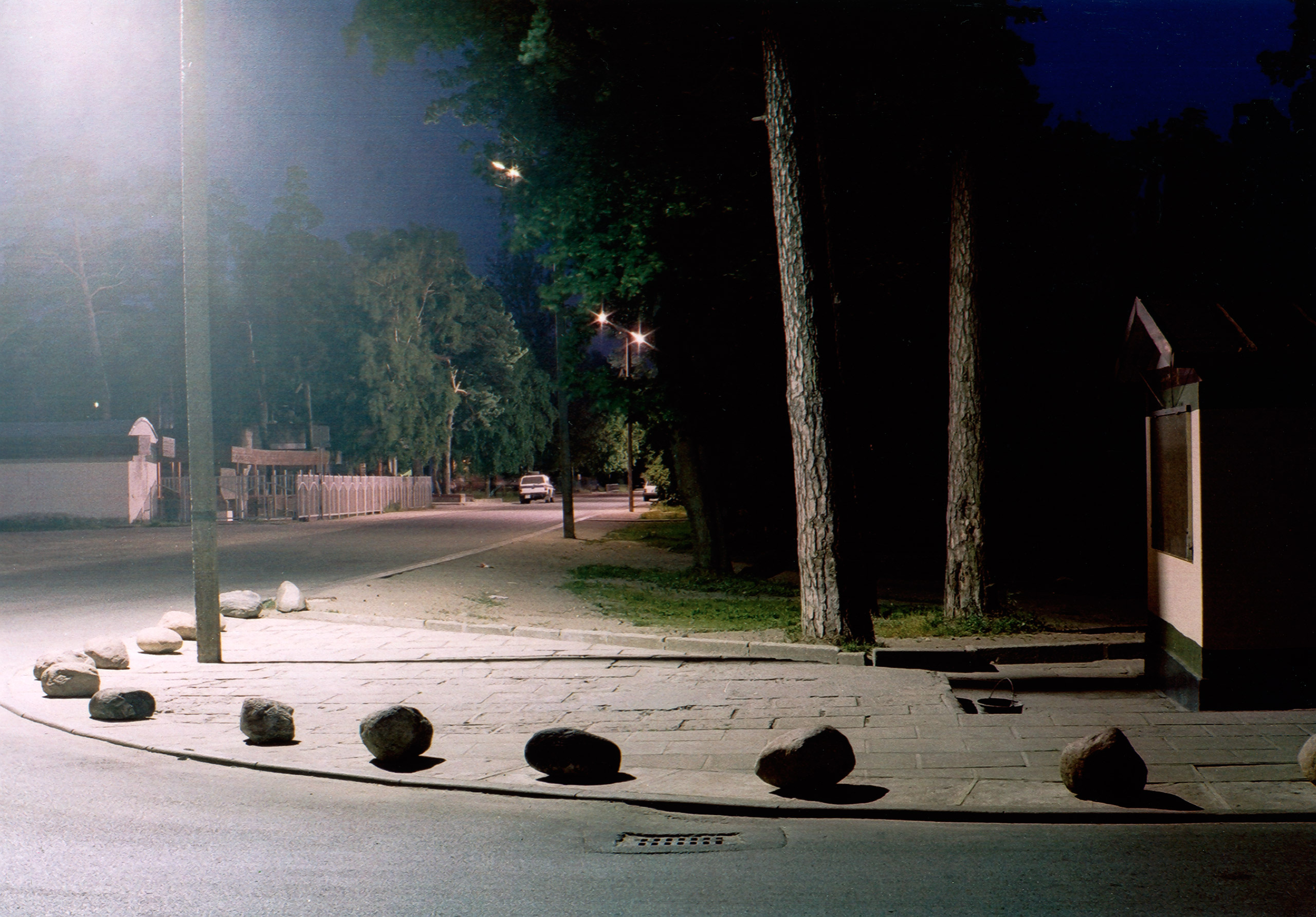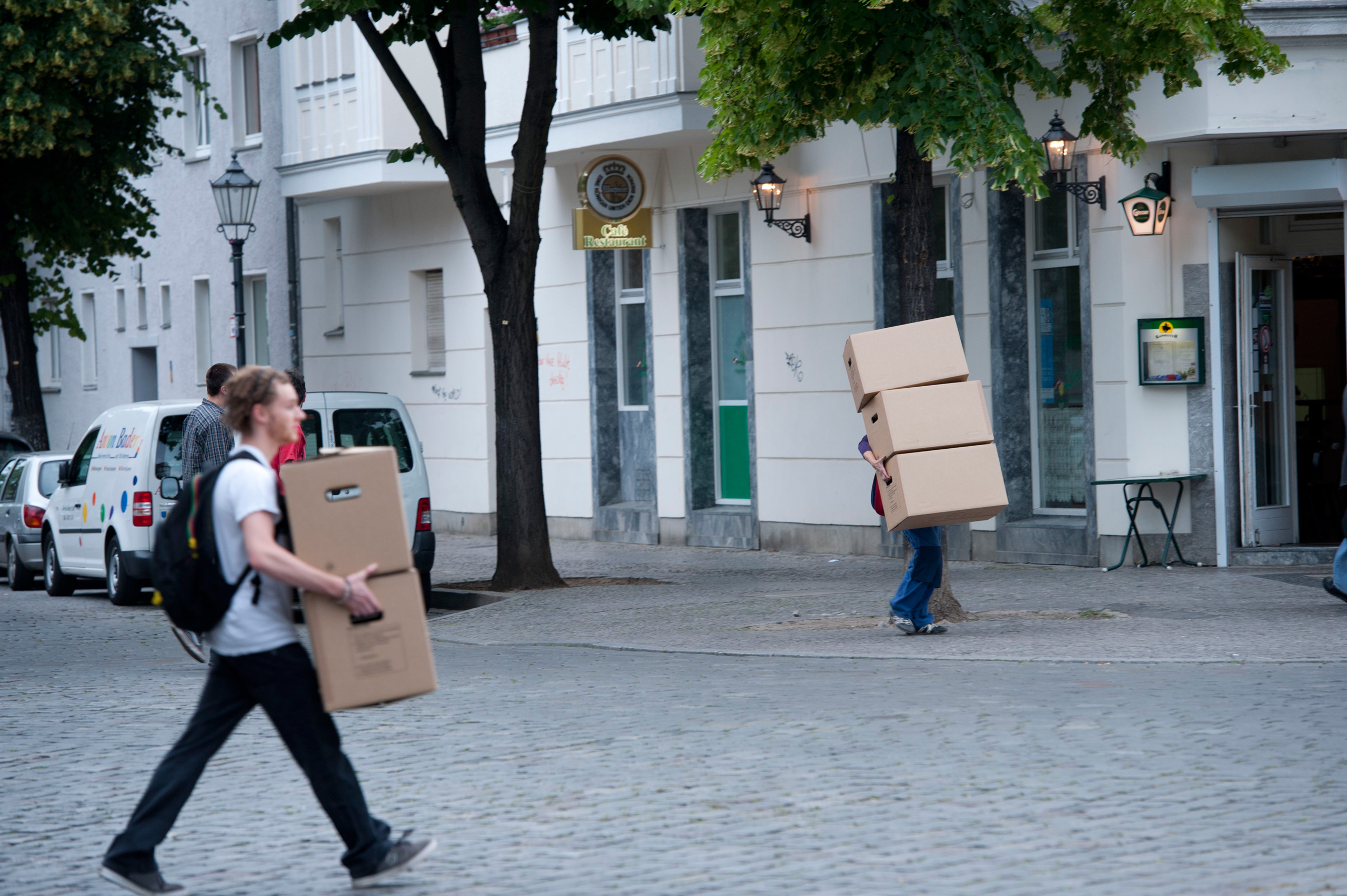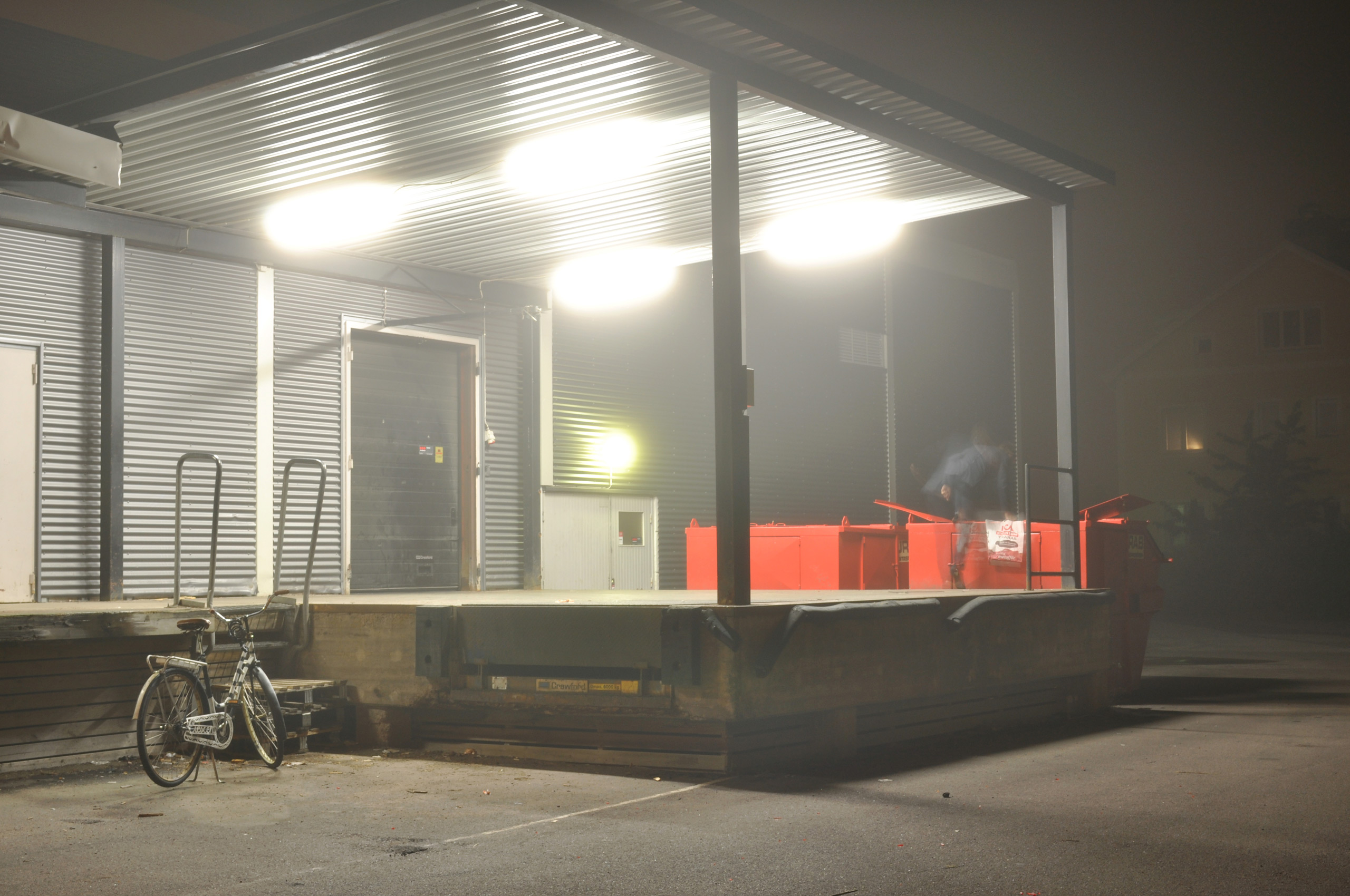FOUR ACTIONS – A REPORT
At farmers’ markets, I traded photographs I had taken at the respective locations for stories. Whoever wrote down a story for me about one of the places shown in my photos received an original 13 x 18 cm print, signed and dated.
Those who participated in the exchange were given a description of the project with a space left blank for their story. The participants were informed that I planned a publication and that their texts would be published anonymously.
With these actions in public space, I wanted to get to know the places, to learn how people described public space and what it meant to them. I wanted to come into contact with people who are normally not part of the art process.
At every stop, there was at least one image for which I could swap an especially large number of stories. Each time I was surprised by which photo was the favorite. I never knew if it was the image or the place in the picture that generated the special interest. At all four of the action venues there were many descriptions of dai- ly and historical events. Everywhere, tales of accidents, muggings, and other petty crimes were told.
Tausche Bilder gegen Geschichten
(Will trade photos for stories)
Karosta-Liepaja, Lettland 2004.
Gropiusstadt, Berlin 2005.
Ibbenbüren, Kreis Steinfurt 2007.
Linz-Auwiesen, Österreich, Festival der Regionen 2009.
KAROSTA had been the base of the Russian Baltic Fleet since 1890. In the port city of Liepaja, Latvia, dilapidated early 20th century edifices built for the admiralty still stand, side by side with the “shrinking” pre-fabricated high-rise housing projects built in the 1970s for the families of Soviet servicemen. The Karosta district merges directly into beautiful countryside and its “best times” are over. The people are poor. They are surprised and pleased by my pictures. Often they don’t recognize the places in the photos. Their stories are existential. Store and kiosk are important settings for their tales. “Tolik is a good man, he never cheats me and always sells me what I want.” The inhabitants write about their workplaces and a brighter future.

Story-2 # 3

Karaosta # 3




GROPIUSSTADT is a planned town on the southern edge of Berlin. It too borders on beautiful countryside and its “best years” are also purportedly in the past. Visitors to the market here are likewise interested in my photographs. The people don’t appear to be so poor, but they are often unemployed. They try to recognize the places in the photos and to see if they can find “their building.” Gropiusstadt “was better before” and is frequently described in negatives. “What happens here? I can tell you about that; I had 3000 Euro stolen from me!” Almost every high-rise is pointed out as “the building” that “people are always jumping out of.” There are many stories about that, along with tales about bats, fighting crows, and a fox.

Station II, market on Saturdays, Gropiusstadt 2005.




IBBENBÜREN is a small town in Münsterland/NRW with a low rate of unemployment. The area is a desirable one for young families, who move there to build their own homes. The front yards are tidy and well manicured. The pools of illumination from streetlights are presumably intended to create a homey townscape. I had to extend the radius of my nightly search until I came across an inland port, a mining district, and a canal crossing. The people at the market are interested in the places in the photos. Although I hear negative stories at the stand, they are not written down for the swap. “Oh, but surely you want to have something nice.” Only at this venue do I get frequent narratives about relationships and anecdotes from the working day.

Station III, market on Wednesday, Friday, Saturday, Ibbenbüren 2007.




LINZ-AUWIESEN is a young, somewhat graying, planned community from the 1980s on the outskirts of the city of Linz on the Danube (Austria). The buildings are not high; there are green spaces and playgrounds among them. The young people call their district L.A.
In Linz-Auwiesen I set up my stand at a tram stop, and the people getting on or off write their stories off the cuff. Often the tales have to do with the fact that Auwiesen is a dangerous place, though some of the crime stories turn out to be harmless. Only in Auwiesen are neighborly complaints put into words: “Herr X was disturbed by the dogs playing, he photographed the dogs, sent the picture to the co-op association, and now dogs can no longer play on the grass here. And kids used to enjoy playing soccer on this lawn. This too was prohibited.”

Station IV, Flying merchant at the Tram stop, Linz-Auwiesen 2009.







